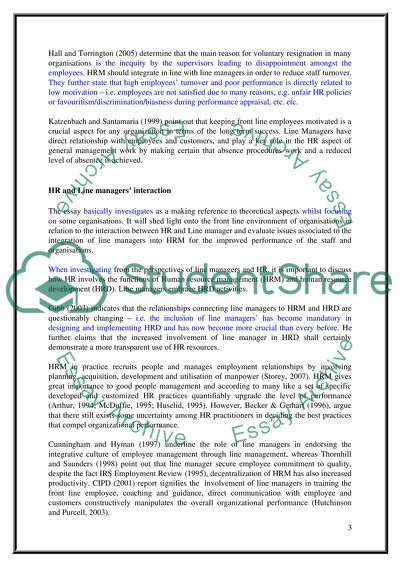Cite this document
(“People and Organisation Management Essay Example | Topics and Well Written Essays - 1000 words”, n.d.)
Retrieved from https://studentshare.org/human-resources/1423337-hr-assignment
Retrieved from https://studentshare.org/human-resources/1423337-hr-assignment
(People and Organisation Management Essay Example | Topics and Well Written Essays - 1000 Words)
https://studentshare.org/human-resources/1423337-hr-assignment.
https://studentshare.org/human-resources/1423337-hr-assignment.
“People and Organisation Management Essay Example | Topics and Well Written Essays - 1000 Words”, n.d. https://studentshare.org/human-resources/1423337-hr-assignment.


